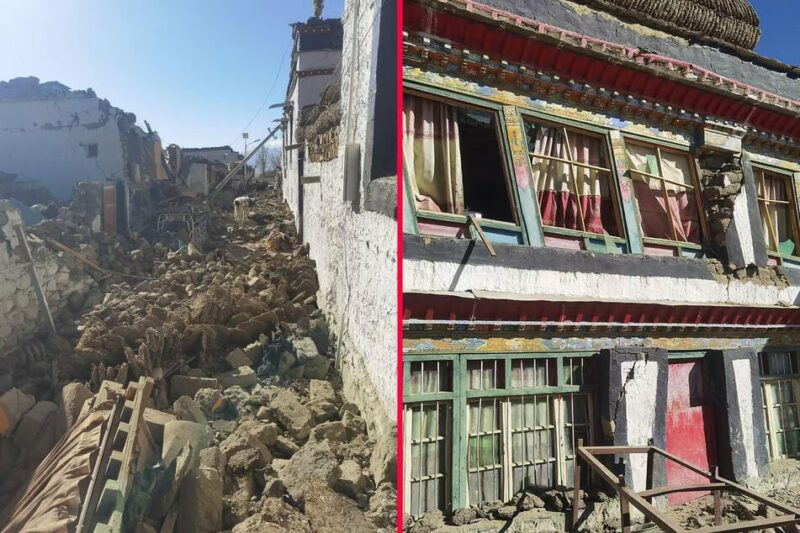You can now listen to Antigua News articles!

Tibet region close to Mount Everest struck by massive earthquake (TAG24)
by Mick the Ram
An earthquake measuring 7.1 in magnitude with a depth of 10 kilometres (six miles), struck Tibet’s holy Shigatse city claiming at least 126 lives and injuring a further 188, with both figures expected to rise significantly.
It happened in the foothills of the Himalayas at a remote region close to Mount Everest, with tremors felt across Nepal and in several parts of India, including Bihar, Assam and West Bengal; as well as in Bhutan.
According to the National Center for Seismology (NCS), the earthquake occurred at 6:35 am with Xizang being its epicentre.
Both power and water in the region was disrupted and there were more than 40 aftershocks in the immediate hours afterwards.
A large-scale rescue operation searching for survivors was launched, as temperatures fell to below -12C.
Earthquakes are common in the region, which lies on a major geological fault line, but this was one of the deadliest in recent years.
Hotspot for seismic activity
The earthquake was triggered by a rupture in the Lhasa block which is an area under significant tectonic movement and as a consequence, it is recognised as a hotspot for seismic activity due to the ongoing collision of the Indian and Eurasian tectonic plates.
It is a process that has been shaping the Himalayas for the past 60 million years.
Houses destroyed
Well over 1,000 buildings have been damaged, with many made just from dirt meaning collapse was inevitable.
Videos published by China’s state broadcaster CCTV showed destroyed houses with rescue workers wading through debris and handing out thick blankets to locals. The footage also shows survivors receiving medical treatment.
Everest base
The area where the earthquake hit is a popular base for climbers preparing to ascend the world’s tallest peak.
Following the activity all sightseeing tours were immediately cancelled.
Home of Buddhism key figure
The Shigatse region is home to 800,000 people and is considered one of the holiest cities of Tibet, which was annexed by China in the 1950s and has been under tight control ever since, including media and internet access.
It is the traditional seat of the Panchen Lama, a key figure of Tibetan Buddhism, whose spiritual authority is second only to the Dalai Lama.
The exiled spiritual leader said he had been deeply saddened by news of the quake: “I offer my prayers for those who have lost their lives and extend my wishes for a swift recovery to all who have been injured.”
Not as powerful as 10 years ago
The force of this earthquake did not quite reach that of one that hit the area in 2015, which had a magnitude 7.8 earthquake near Kathmandu, the capital of Nepal, killed nearly 9,000 people and injured more than 20,000.
























0 Comments